© Badisches Landesmuseum, Foto: Schoenen
Baden and Europe
Brief description
The second upper level of the Karlsruhe Palace focuses on the history of Baden. The chronological tour sends visitors through selected exhibits and striking scenes of great moments in Baden culture and history.
Special features
The state and cultural history section illustrates politics, personalities and everyday life in Baden within the context of German and European history.
1789–1848
Black Forest cherry cake, "Bollenhut" hats, and sun-kissed wine ... Typical Baden? How long has the Baden region existed, anyway? What still remains today of the “good old days” of the Biedermeier period? The exhibit addresses these and other questions. The tour takes visitors through 19th century Baden history, which reflects historical developments throughout Europe as well. The exhibit addresses the transition from margravate to grand duchy overseen by Napoleon, as well as the Vormärz (pre-March) period, the Democratic revolution of 1848/49 and its failure.
Stagings of an artisan's workshop and Biedermeier era salon, as well as original furnishings from a general store provide a lively impression of everyday life in Baden.1848–1918
The failure of the democratic revolution was the precursor to a phase of rule by foreign military powers and political reaction as the population sank into poverty. From 1848 to 1863, over 100,000 people left Baden.
The second part of the exhibition tracks Baden's development to become a “liberal model country”. In addition to the founding of the Reich in 1870/71, the First World War and subsequent revolution play a key role. Selected exhibits document everyday life in impressive detail. Highlights include a painting cycle commissioned for the silver anniversary of the grand duke in 1881, which provides a revealing look into the costumes of the time. Joseph von Kopf's studio invites you to visit the court sculptor, whose subjects included high society figures and even German Emperor Wilhelm I.
Historical phenomena – the growth of industrialisation, a new level of mobility, and the advent of tourism – are interwoven with Baden's history.1918–today
The last section of the exhibition starts with the revolution of 1918. The tour moves through the Weimar Republic era to historical youth movements, trying to answer the question of whether Germany and France could be considered hereditary enemies. It also addresses the Third Reich: The exhibition documents the Hitler Youth, the persecution of political and ethnic minorities, and describes Baden's role in the Second World War. It follows the region's reconstruction from the ashes, and the problem of forming a southwestern state. A separate area is dedicated to the “Badnerlied” (Song of the people of Baden), with its endless verses.
The section of the exhibition addressing the post-war period deals with modern youth movements, holiday travel, everyday kitsch, and the music of the ‘50s. The Black Forest as an artistic subject also plays a key role, from the “Schwarzwaldmädel” (Black Forest Girl) to the “Schwarzwaldklinik” (Black Forest Clinic) to the Black Forest family “Die Fallers”. The section ends with a presentation of top sports teams in Baden, with numerous high-ranking trophies.
Picture gallery
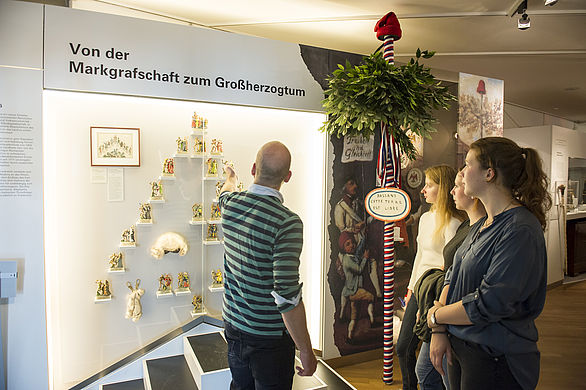
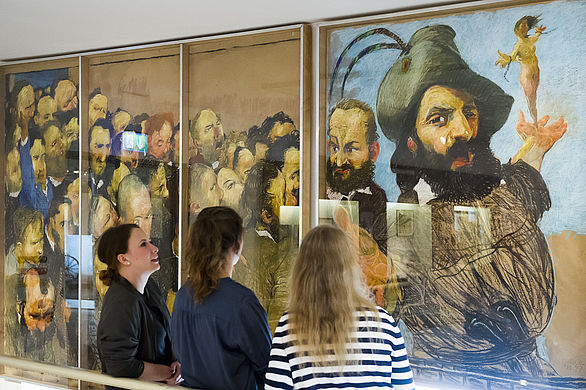
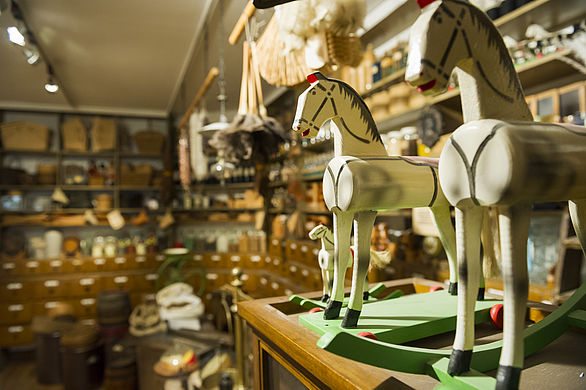

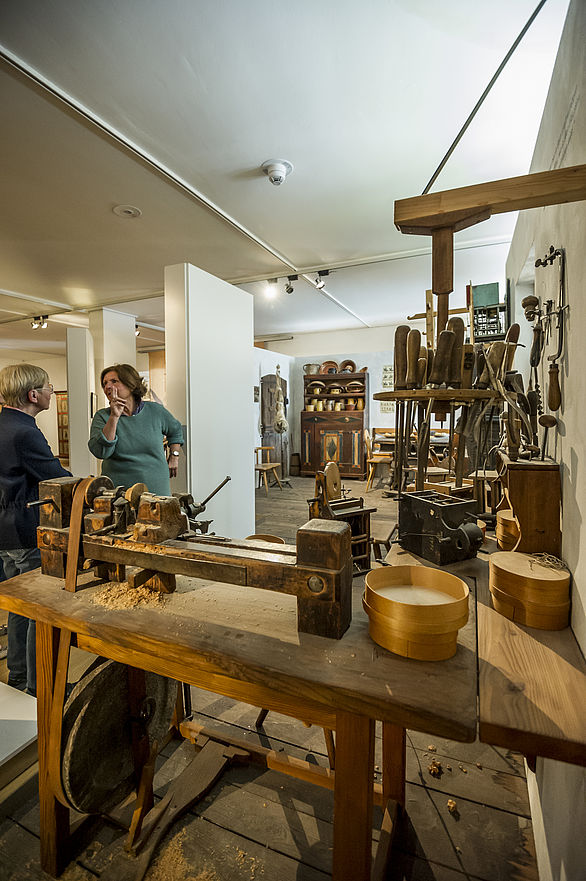
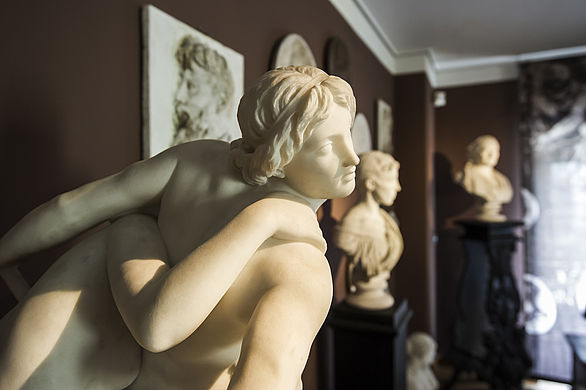

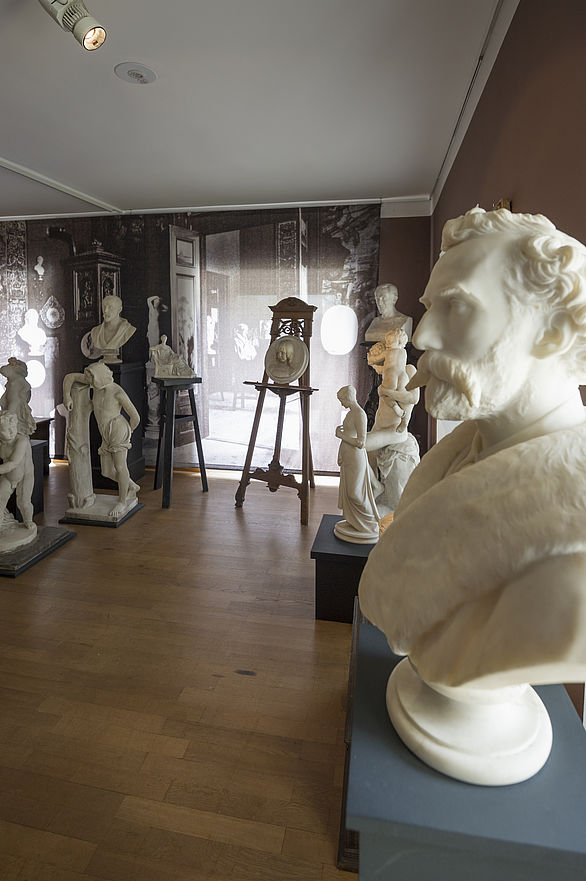

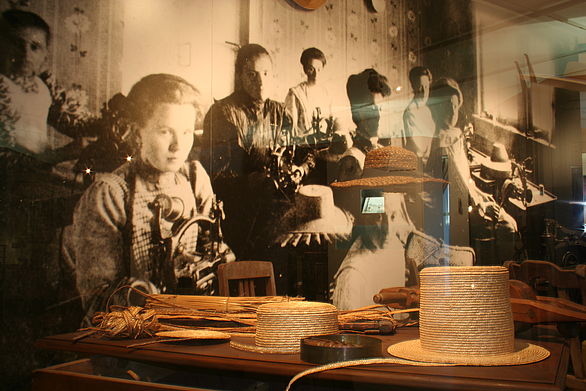
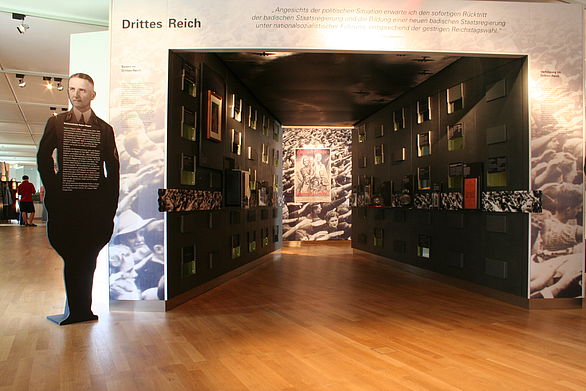
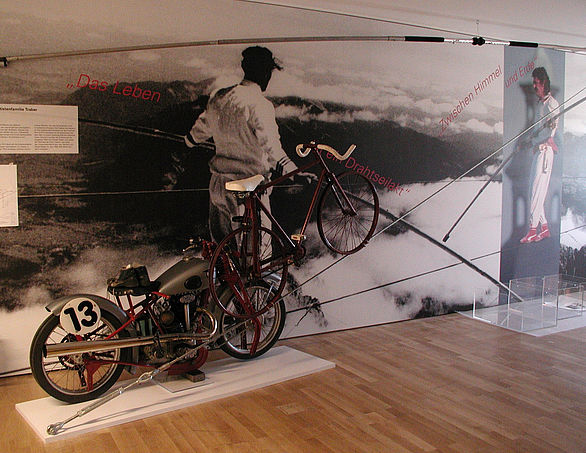
© Badisches Landesmuseum, Foto: Schoenen
© Badisches Landesmuseum, Foto: Schoenen
© Badisches Landesmuseum, Foto: Schoenen
© Badisches Landesmuseum, Foto: Schoenen
© Badisches Landesmuseum, Foto: Schoenen
© Badisches Landesmuseum
© Badisches Landesmuseum, Foto: Schoenen
© Badisches Landesmuseum, Foto: Schoenen
© Badisches Landesmuseum
© Badisches Landesmuseum
© Badisches Landesmuseum